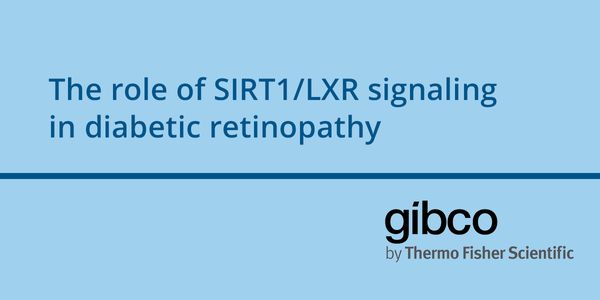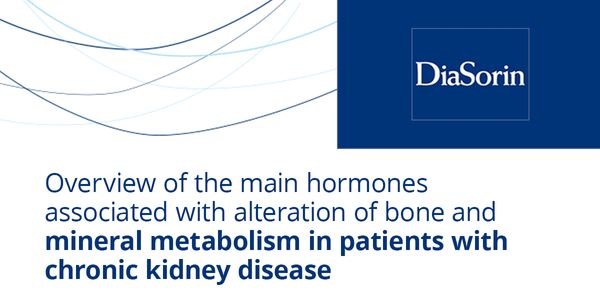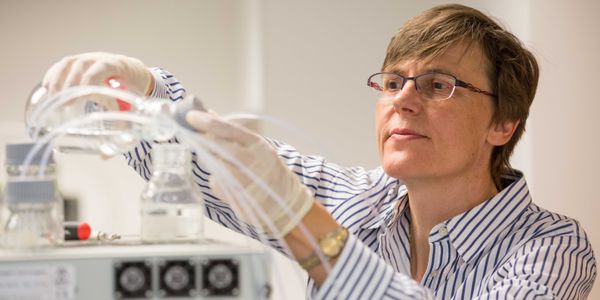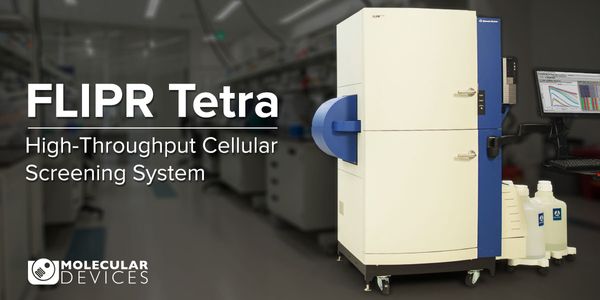Diabetes
Diabetes: Diabetes is a disease that affects your body's ability to produce or use insulin. Insulin is a hormone. When your body turns the food you eat into energy (also called sugar or glucose), insulin is released to help transport this energy to the cells. Insulin acts as a "key." Its chemical message tells the cell to open and receive glucose. If you produce little or no insulin, or are insulin resistant, too much sugar remains in your blood. Blood glucose levels are higher than normal for individuals with diabetes. There are two main types of diabetes: Type 1 and Type 2.
-
Centhaquine (previously used names, centhaquin and PMZ-2010; International Non-proprietary Name (INN) recently approved by WHO is centhaquine) is being developed by us as a first-in-class re...Speaker: Professor Anil Gulati, MD, PhDPresented at: Drug Discovery & Development Virtual Event Series 2020
JAN 30, 2020 | 9:00 AM
DATE: January 30, 2020 TIME: 9:00am PST, 12:00pm EST Recent advances in in vitro 3D cellular culture technologies, such as organoids, rapidly developed and established novel, more physiologi...
JAN 14, 2020 | 9:00 AM
Fecal elastase-1 – a biomarker for pancreatic exocrine insufficiency(EPI) continues to gain traction as an ideal biomarker for assessing EPI. This presentation will include a review of...
DEC 17, 2019 | 9:00 AM
DATE: December 17, 2019TIME: 9:00am PST, 12:00pm EST Purpose: Liver x receptors (LXRs) are hypothesized to serve as a link between lipid metabolism and inflammation by prom...
Part 1: Sustainable health and laboratory medicine; Presented by Professor Damien GrusonSummary: PendingPart 2: Let’s talk about errors in point of care testing in mobile health...
Speaker:
Anna Fuezery, PhD, DABCC, FCACB
, Damien Gruson, PhD
Thyroid function tests play a central role to assess thyroid function and are valuable companions for clinicians. The evolution of the tests is permanent and clinical laboratories are key pla...
Speaker:
Damien Gruson, PhD
Central to the diagnosis and management of patients with diabetes mellitus is the measurement of hemoglobin A1c (HbA1c). Major studies have defined the therapeutic targets of HbA1c in order...
Speaker:
Paul Yip, PhD, FCACB, DABCC
NOV 07, 2019 | 10:00 AM
DATE: November 7, 2019TIME: 10:00am PST, 1:00pm EST Studying the pathogenesis of diabetes requires detailed analysis of the pancreatic islet microenvironment and its numerous c...
Dr. Sulak will review the evidence supporting the use of cannabis to not only treat serious disease, but to prevent them and maintain health, with practical and easy to implement dosing strat...
FEB 27, 2019 | 8:00 AM
DATE: February 27, 2019TIME: 8:00am PST Pluripotent stem cells (PSCs) can form any tissue or cell in the body, and are the ideal starting material to manufacture...
DEC 06, 2018 | 6:00 AM
DATE: December 6, 2018TIME:6:00am PST, 9:00am EST, 3:00pm CET Alterations in the bone and mineral...
NOV 29, 2018 | 9:00 AM
DATE: November 29, 2018TIME: 9:00AM PDTAn overview of primary immune deficiency disorders (PID) and laboratory testing for PIDPrimary immune deficiencies (PIDs), oth...
OCT 30, 2018 | 10:00 AM
DATE: October 30, 2018TIME: 10:00am PT, 1:00pm ET Identification and quantification of post-translational modifications (PTM) presents a unique challenge to proteomic studies...
OCT 23, 2018 | 7:00 AM
DATE: October 23, 2018TIME: 7:00AM PDTHigh Throughput Screening for the European Lead Factory (ELF) has been performed at Pivot Park Screening Centre (PPSC). 72 HTS campaigns have...
Two projects looking at novel approaches to targeting inflammatory breast cancer will be presented. Inflammatory breast cancer (IBC) is a unique, understudied, and most lethal subtype account...
Speaker:
Kevin Williams, PhD
The oncogenic transcription factor c-MYC (MYC) is deregulated, and often overexpressed, in more than 50% of cancers. MYC deregulation is associated with poor prognosis and aggressive disease,...
Speaker:
Jason De Melo, PhD
In the past two decades a small number of infrequently dividing cells have been proposed as the source of multi-drug resistance during cancer treatment. These cells identified by their expres...
Speaker:
Krastan Blagoev, PhD
























